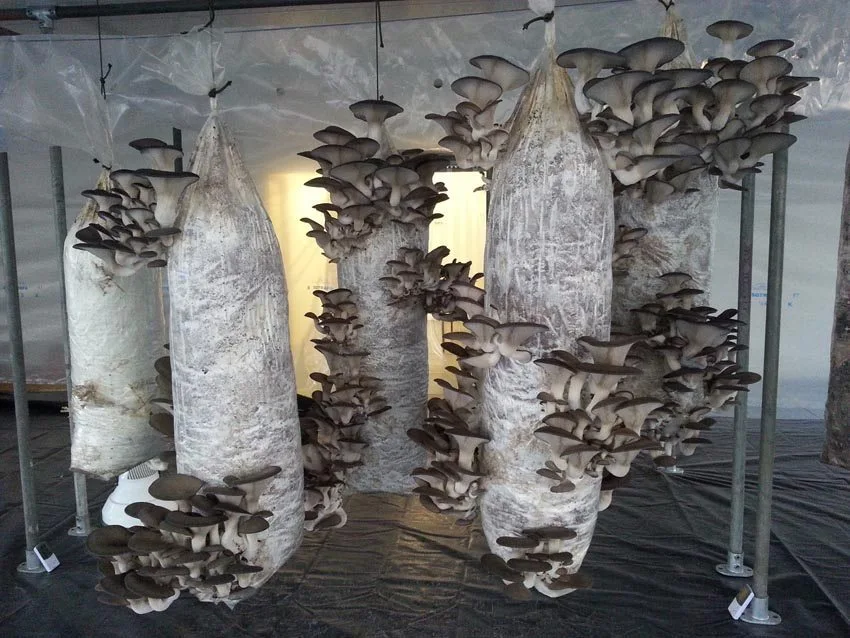- cross-posted to:
- [email protected]
- cross-posted to:
- [email protected]
Or, you know: Uncle Ben’s shelf stable rice… I hear.
I do not recommend using new one-way-bags. They are expensive, and there’s plenty of material around that we usually throw away to end up in a landfill. There are a few bags that are (at least in Europe) marked with that triangle-symbol with a number 5 inside and the letters PP (polypropylene). Often bread comes in these bags. There is also rectangular food packages made of this material, and buckets. All of these can survive the pressure-cooker, or can be filled with steaming hot pressure-cooked substrate, and that’s good enough for oyster mushrooms.
I’m still unhappy about all the pressure-cooking, and have been looking into using wood ash for pH-pasteurization (was that the word?). Can’t say I had much success so far, but might try again in the future.
I use a 5 gallon bucket from the hardware store so I can reuse it.
There are biodegradable, autoclavable plastic bags for mushrooms (theyre called unicorn bags iirc?) but theyre a bit expensive and still consumed when used.
How many crops (is that the right word?) do you get from one bucket/grow? Basically is the juice worth the squeeze?
One or two crops usually per substrate container, but then you can just refill the bucket with new substrate. The smallest usable container I had was 1-liter milk packages - I just filled them with a straw/manure mix straight from my horse stable and pressure-cooked them (my pot fits about 6 of them). Then I take them into my still air box to add grain spawn. Close them and leave them for about a month. Check if they are all filled with mycelium and smell shroomy, cut two corners of the milk box and keep in a humid environment (can be a large plastic box regularly sprayed with water or a shower cabin with a humidifier). Then it takes about another week to grow mushrooms. I did this with pink oysters because they are quite forgiving about my DIY setup and had a regular small supply of shrooms to add to my food.
I guess that would the smallest workable setup, but it does take regular work to fill these little packages, and ultimately I’ve had too little time to keep this up among other farm duties - wild mushrooms will be out soon and hunting for them outside is just way nicer than boiling straw and shit indoors. I might make it a seasonal thing as well because finding the right temperature can be difficult throughout the year (some rooms too hot in summer, some too cold in winter), and mycelium can be kept over months in a liquid culture or on agar in the fridge.
With mushrooms its called a flush.
I typically get 2-3 flushes with blue oyster mushrooms, rarely 4-5, but those dont really give anything since each subsequent flush has less and less fruiting mass as the fungus uses up its food source and weakens. It also typically starts losing against any other microbes and fungi at that point, so I usually toss everything after the third as it starts to get yucky.
Sometimes the fungus survives being tossed and produces more flushes wherever it was tossed (compost pile, leaf piles, etc.)





